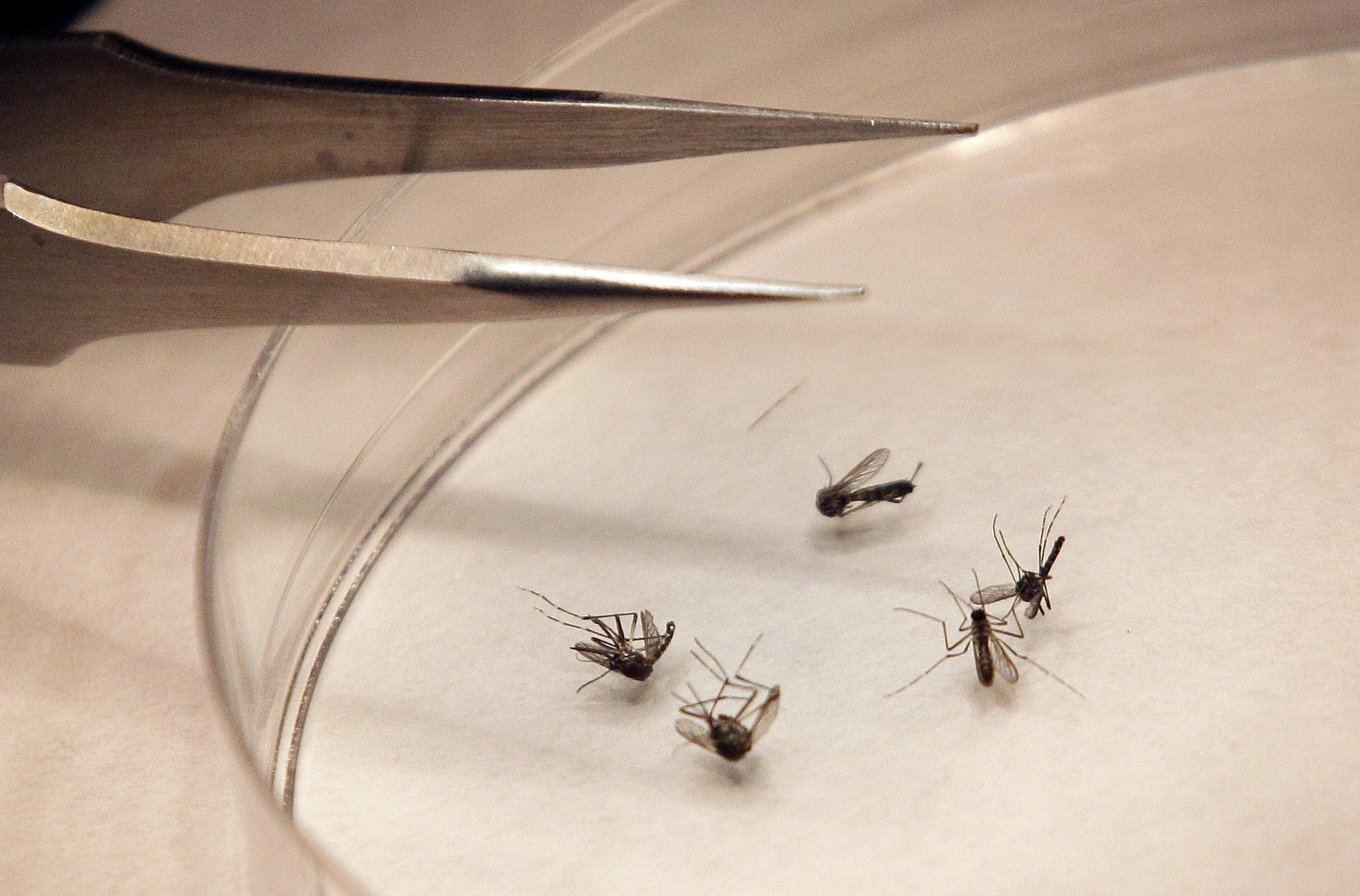Finally, there may be a DEET-free mosquito repellent that actually works
This post has been corrected.


This post has been corrected.
A start-up in California is nearing the final stages of development for a mosquito-repelling patch that, when stuck to a piece of clothing, can keep thirsty bloodsuckers away for up to 48 hours. The Kite patch works by blocking mosquitoes’ ability to detect the carbon dioxide humans exhale, effectively making us invisible to them.
The engineers behind the product work for Olfactor Laboratories, a subsidiary of ieCrowd. The original research for the technology was done at the University of California-Riverside and backed by grants from the Bill and Melinda Gates Foundation and the National Institutes of Health. In 2011, the researchers published a study in Nature demonstrating that certain chemical compounds can confuse mosquitoes’ carbon dioxide receptors. Olfactor licensed the intellectual property, and ieCrowd came in to provide the infrastructure and other resources for developing a commercial product.
Early rounds of production and field testing were bankrolled largely by a 2013 crowdfunding campaign on Indiegogo. A first-generation consumer version of the patch will hit the market in 2016, and a later version, what ieCrowd executive Grey Frandsen calls “the full Kite patch,” will be launched after approval from US environmental regulators, Frandsen tells Quartz.
The New York Times reports that the patch emits a proprietary combination of fragrances and other compounds that are considered safe, making it a welcome addition to the category of DEET-free mosquito repellents—many of which, safe and natural though they may be, are not super effective. DEET-based sprays are still among the most effective at keeping mosquitoes away, but DEET is a harsh chemical that’s not considered environmentally friendly, and many people are wary of applying to their skin. Pregnant women and young children, especially, are often cautioned to avoid it.
In regions where pregnant women and children commonly die from malaria and other illnesses transmitted by mosquitoes, there’s got to be something better. The Kite patch may be it; Times reporter Jennifery Jolly said it worked as well as DEET when she tried it out in a lab—by sticking her arm into a box filled with mosquitoes and giving them the chance to feast.
The original version of this story incorrectly identified the relationships between ieCrowd, Olfactor Labs, and UC-Riverside. The story has also been changed to reflect that the Indiegogo campaign in 2013 funded field tests that are happening now.